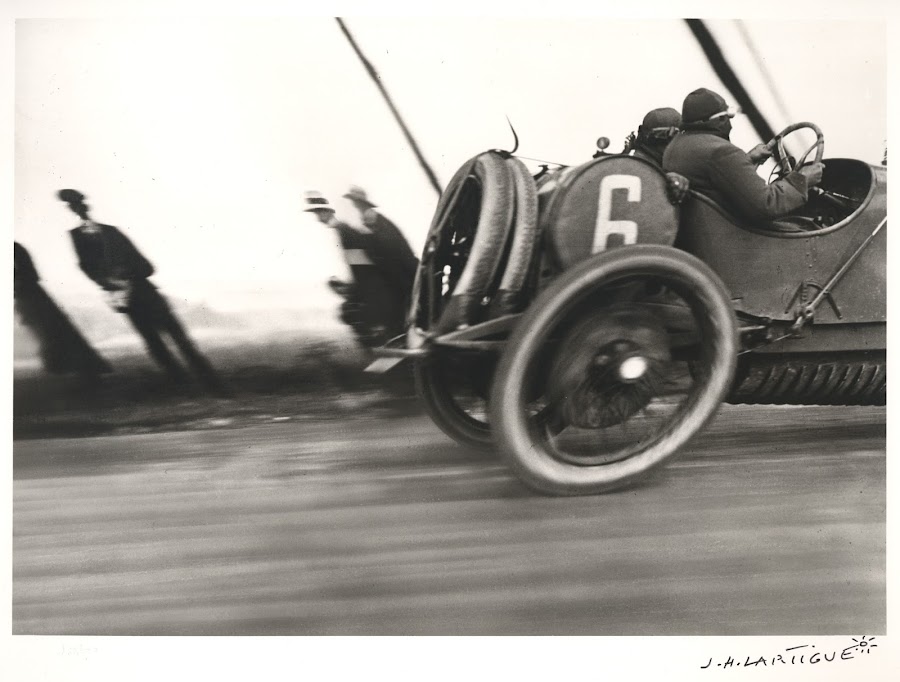Halsman defines creativity and imagination as Une Tournure D’Esprit in his book The Creation of Photographic Ideas. He also proposed a set of rules to help developed your photographic creativity. Some target your logic thinking, some target your unconscious. I was tempted to start practicing Halsman rules, but they felt a bit daunting and I was a bit lost on where to start. Where they written in order? Should I just focus on one of the rules? Should I stop thinking about it or just stop thinking about it and let it permeate for a while? Hence, I decided to dig a bit more around just to see if I could make my mind about what path to take.
After reading a few, not very interesting webpages and blog post, I finally run into Becoming a more creative photographer by Harold Davis. A collection of seven articles written back in 2009 which target how to help you develop your photographic creativity. And yes, the bottom line is to keep shooting no matter what, as you may have guessed. However, each of the seven articles target a specific topic for development. Also, along the way each article lists a sequence of assignments for you to practice around the discussed topic. If you have some time and curiosity, go and check it out. I am sure you will find something useful there. “Expecting the unexpected” is the first article of the series. The first assignment on the list reads as follow:
Your assignment: Photograph a reflection (in water, in a mirror, etc) so as to convey an entirely different world.

Actually, when I read about this one I just smiled. I did it even before I read the article and decided to take the assignments route. This looked promising. I had the opposite problem, now I had to choose one reflection picture that conveyed the idea of an entirely different world.
Talking about open interpretations in a sentence. I guess that is the goal, to force you to explore all possible interpretations of your images and see where do they take you. I eventually chose the picture shown above. What eventually pushed me to choose this one over a few others was that it shows both worlds, but with a subtle, ephemeral, and easy to miss reflected world. Moreover, it showed the reflected world as a narrow, flickering, and easily missable invitation to get you transported to a realm of unknown and uncertain rules. To a time long passed. To the place where your actions shaped your path. To the spot in time that enabled you to now be there staring at the ephemeral doorway to hypotheticals.

